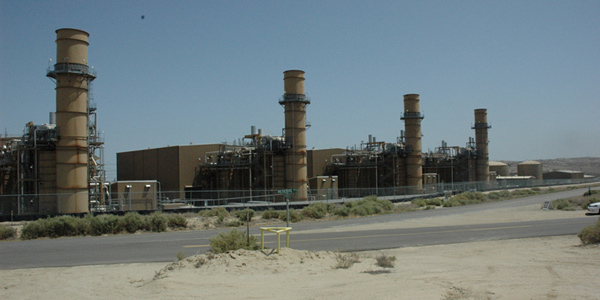By Robert Mullin
Power producers could temporarily suspend the operations of unprofitable generators not needed for system reliability under a CAISO plan released this week.
The Temporary Suspension of Resource Operations straw proposal, released Wednesday, would allow a plant owner to temporarily take a money-losing generator out of the market short of the “mothball” and retirement procedures already spelled out in the ISO’s Business Practice Manuals. (See CAISO Initiative Could Toss Lifeline to Struggling Generators.)
The proposal stipulates that a resource owner must manage a suspended resource in such a way that it can retain the same megawatt rating and ramping capability as before the shutdown. Any plants denied a request could become eligible for payment under CAISO’s capacity procurement mechanism (CPM), which currently compensates units for specific reliability needs.
While that move would fall far short of establishing a capacity market, it could provide needed financial support to gas-fired generators the ISO identifies as vital for future system needs, particularly in integrating increased amounts of renewable resources. CPM payments would be limited to four-month terms.
The proposal calls for owners to be permitted to shut down a resource for two to four months at a time, with the option to request a subsequent four-month suspension.
A unit approved for shutdown would not be required to respond to “exceptional” — or out-of-market — dispatches issued by the ISO, but it could be recalled for system emergencies, making it eligible for a CPM payment. A suspended unit would be ineligible to be counted in the ISO’s resource adequacy showing during its suspension.
The proposal would allow resources to apply for temporary shutdowns throughout the year, but they must provide notice 60 days in advance of the effective date of the suspension. CAISO, in turn, would be required to notify the resource of an approval or denial of the request eight days before the effective date.
“The ISO will assess requests on the first-come, first-served basis, and there will not be a window that resource owners would need to work around,” CAISO said.
A resource would be required to maintain all environmental operating permits while on shutdown, and it must be fully available for service on its return date, the proposal stipulates. To accommodate “unforeseen circumstances” — such as an expected loss of resources, transmission outages or extreme weather — suspended units must be prepared to return to service within 10 days of being notified by the ISO.
CAISO developed the temporary suspension proposal in response to stakeholder comments filed in a 2016 FERC proceeding over the ISO’s refusal to approve outage requests for three of four units at the 965-MW La Paloma combined cycle plant 140 miles north of Los Angeles (EL16-88).
FERC last October agreed with the ISO’s decision to reject the plant owners’ requests because they were made for economic — and not physical — reasons.
Because the request was economic, it “did not represent an appropriate use of the outage management system as allowed by the CAISO Tariff,” the ISO said.
CAISO also denied an additional request to compensate the units by designating them as reliability-must-run resources, contending that they were not needed for reliability purposes. At the time, 42 MW of La Paloma Unit 2 were under an RMR agreement.
La Paloma filed for bankruptcy late last year, citing $524 million in debt and an “inhospitable regulatory environment.”
Although stakeholders largely agreed with CAISO’s La Paloma response, some asked that FERC direct the grid operator to amend its Tariff to allow for outages based on economic considerations — a request that the commission rejected. The ISO nevertheless committed to establishing a stakeholder process to take up the issue this year.
“Through that process, the CAISO and stakeholders will have sufficient time to consider all pertinent issues, the conditions under which economic outages should be permitted, if at all, and how economic outages would interact with other requirements of the CAISO tariff and with CAISO grid and market operations,” the ISO said.
The ISO has scheduled a June 28 call to discuss the proposal and has asked stakeholders to submit comments by July 13.




